Transfusion of older stored blood and risk of death: a meta-analysis
- PMID: 22188419
- PMCID: PMC3883449
- DOI: 10.1111/j.1537-2995.2011.03466.x
Transfusion of older stored blood and risk of death: a meta-analysis
Abstract
Background: Blood for transfusion is stored for up to 42 days. Older blood develops lesions and accumulates potentially injurious substances. Some studies report increasing toxicity as blood ages. We assessed the safety of transfused older versus newer stored blood.
Study design and methods: PubMed, Scopus, and Embase were searched using terms new and old and red blood cell and storage through May 6, 2011, for observational and randomized controlled studies comparing outcomes using transfused blood having longer and shorter storage times. Death was the outcome of interest.
Results: Twenty-one studies were identified, predominantly in cardiac surgery (n=6) and trauma (n=6) patients, including 409,966 patients. A test for heterogeneity of these studies' results was not significant for mortality (I(2)=3.7%, p=0.41). Older blood was associated with a significantly increased risk of death (odds ratio, 1.16; 95% confidence interval [CI], 1.07-1.24). Using available mortality data, 97 (95% CI, 63-199) patients need to be treated with only new blood to save one life. Subgroup analysis of these trials indicated that the increased risk was not restricted to a particular type of patient, size of trial, or amount of blood transfused.
Conclusion: Based on available data, use of older stored blood is associated with a significantly increased risk of death.
© 2011 American Association of Blood Banks.
Figures
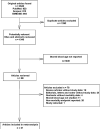


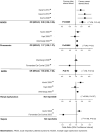
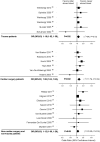
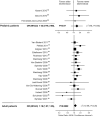
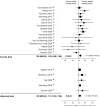
Comment in
-
Old blood bad? Either the biggest issue in transfusion medicine or a nonevent.Transfusion. 2012 Jun;52(6):1165-7. doi: 10.1111/j.1537-2995.2012.03671.x. Transfusion. 2012. PMID: 22686530 No abstract available.
-
Transfusion of older blood and risk of death: unanswered questions.Transfusion. 2012 Jul;52(7):1595-6. doi: 10.1111/j.1537-2995.2012.03577.x. Transfusion. 2012. PMID: 22780898 No abstract available.
References
-
- World Health Organization . Global Database on Blood Safety: Report 2004-2005. World Health Organization; Geneva, Swizerland: 2008.
-
- Whitaker BI, Schlumpf K Schulman J, Green J. The 2009 Nationwide Blood Collection and Utilization Survey Report. Besthesda, MD: 2011. ISBN.
-
- Hill HR, Oliver CK, Lippert LE, Greenwalt TJ, Hess JR. The effects of polyvinyl chloride and polyolefin blood bags on red blood cells stored in a new additive solution. Vox Sang. 2001;81(3):161–166. - PubMed
-
- Heaton WA, Holme S, Smith K, et al. Effects of 3-5 log10 pre-storage leucocyte depletion on red cell storage and metabolism. Br J Haematol. 1994;87(2):363–368. - PubMed
Publication types
MeSH terms
Grants and funding
LinkOut - more resources
Full Text Sources
Other Literature Sources
Medical

